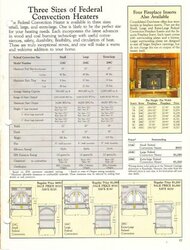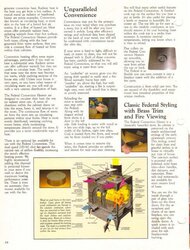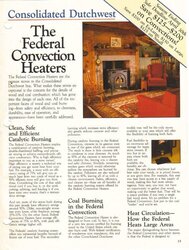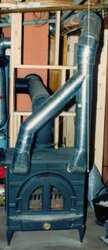Highlandwelder
New Member
Hey VC!
Sounds like you are getting the hang of your VCDW. I utilize a magnetic thermometer placed on the door(as someone else, and the manual recommend), and it works out well for me. My cat temps usually run 1100F +/ 150F, and door temps around 450F. The only time I have to adjust the secondary(cat) draft is when I run smaller loads or less than perfect wood. I run a non VC variable speeed blower on my stove and it really pulls the heat off of it.
Enjoy your VCDW, I know we do!
Sounds like you are getting the hang of your VCDW. I utilize a magnetic thermometer placed on the door(as someone else, and the manual recommend), and it works out well for me. My cat temps usually run 1100F +/ 150F, and door temps around 450F. The only time I have to adjust the secondary(cat) draft is when I run smaller loads or less than perfect wood. I run a non VC variable speeed blower on my stove and it really pulls the heat off of it.
Enjoy your VCDW, I know we do!


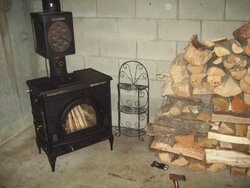
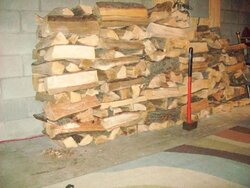
 My goal is no smoke out the chimney, and having no chimney build-up.
My goal is no smoke out the chimney, and having no chimney build-up. 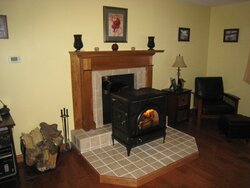
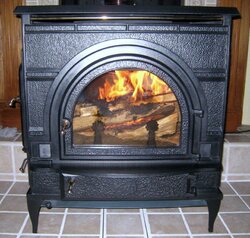
 That was 3 weeks ago!! My middle daughter is in college and she just studied basic law and said this would be a breach of contract and with that dollar amount no paperwork is needed.. If he doesn't act soon I will press charges with my family as witnesses.. I am SO frustrated about this
That was 3 weeks ago!! My middle daughter is in college and she just studied basic law and said this would be a breach of contract and with that dollar amount no paperwork is needed.. If he doesn't act soon I will press charges with my family as witnesses.. I am SO frustrated about this